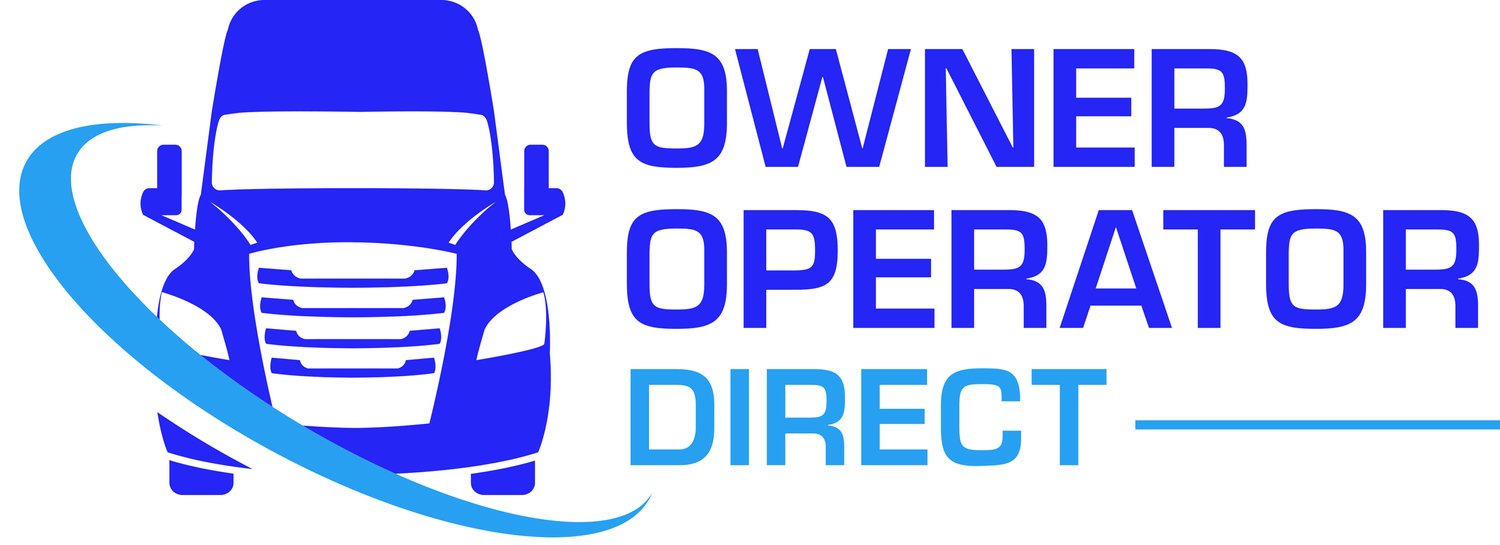Plan Your (Highway) Exit Strategy
Exiting a highway may require a driver to make complex, quick decisions; traverse multiple lanes; merge with other fast-moving vehicles; adjust their speed; negotiate ramps; and be ready for the demands of the new road ahead. So, it’s easy to understand why leaving a highway can be challenging, even for the most seasoned driver.
When any trip involves exiting a highway, you can help ensure things go safely and smoothly by considering these techniques:
Many exit ramps are designed with curves or cloverleafs, so drivers of commercial vehicles must adjust their speed accordingly to avoid losing control or rolling over.
Identify all exit points by name and number in your pre-trip planning. Online resources such as 511 Travel Information, the Federal Highway Administration National Traffic and Road Closure Information and State Transportation websites can provide invaluable information on closures, road work, exit numbers, traffic alerts and travel advisories.
Use a commercial motor vehicle navigational app or global positioning system (GPS) to aid you, whenever possible. However, don’t rely solely on it because even if you update the app or GPS device’s software regularly, the map data is not always 100% accurate and exits can change. Drivers travelling through Massachusetts, for instance, will soon see new numbers on highway exit signs as the state switches from a sequential numbering method to a federally-mandated mile-based one.
While behind the wheel, keep your presence of mind, and help prepare for your exit well in advance by recalling the last two exits (traffic signs indicating your exit will be posted one to two miles of the off-ramp). Maintaining this focused attention can help you avoid change blindness, a phenomenon in which major changes to a visual scene go unnoticed. In other words, “looking, but failing to see something right before your eyes.” This phenomenon explains why a driver may not notice a change in an exit ramp due to construction, signage or a new traffic pattern.
When the first sign for your intended exit appears, signal, check your mirrors, and once there is ample room, begin merging toward the exit lane, one lane at a time. Move your body and head to double check your blind spots as you merge. Observe warning and advisory signs as you approach the exit, and enter the deceleration lane at its beginning so that others do not attempt to pass you on your right.
Do not “force” your vehicle into the exit lane by hoping other vehicles can or will yield. If you miss the opportunity to merge into the exit lane safely, it’s better to wait until the next exit and reroute accordingly.
Watch other drivers for rapid slowing, quick lane changes, hesitation, and backup or brake lights near exit ramps to help avoid potentially dangerous encounters. Confusion, apprehension, and last-minute decisions near highway exits are very common. Be especially cautious when merging into a weave lane, where traffic simultaneously enters and exits a highway. While exiting the highway gives you the right-of-way, be prepared to yield if exercising your right-of-way may cause a collision.
Use the deceleration lane to slow down when leaving the highway. Watch for the posted speed limit, as well as warning signs that indicate the exit configuration, and adjust your speed accordingly to avoid losing control or rolling over. Remember, many exit ramps are designed with curves or cloverleafs, and the posted speed limits are intended for passenger vehicles in ideal road conditions. The safe speed for large vehicles may be lower, especially in inclement weather or at night when visibility is limited and there are less visual clues such as other vehicles.
If you find yourself in an exit only lane when you don't want to exit, do so anyway. It's much safer to exit and re-enter the highway at the next available entry point than to stop or swerve out of the deceleration lane. These are both incredibly dangerous and potentially fatal maneuvers.
If you are about to miss an exit, opt for the miss. Last second maneuvers, particularly in a large commercial vehicle, can be disastrous. You can correct your route by proceeding to the next highway exit, and using the overpass to get to the on-ramp on the opposite side to return to the exit you missed.
If you miss your exit, do not use highway pathways marked as “authorized vehicle use only” or “emergency vehicles only.” Use by anyone other than law enforcement, first responders, and other authorized vehicles is illegal. And, just because there is no sign restricting a U-turn at a highway crossover, resist the temptation to do so. Making U-turns at highway crossovers are very risky maneuvers. Instead, continue on and find a safe way to change direction.
Professional drivers travel on America’s highways as part of normal routine, but exiting them requires extra concentration and presence of mind. By pre-planning, watching road signs carefully, and getting into position to exit well ahead of time, you can help avoid missing your exit and ensure a safe, stress-free trip.
Owner Operator Direct provides top notch commercial trucking insurance to owner operators, whether operating with authority or as leased drivers. For a no-obligation quote, give us a ring at 800-499-1044 (Monday-Friday 9-5 pm ET) or answer some questions online and we'll email you one.

